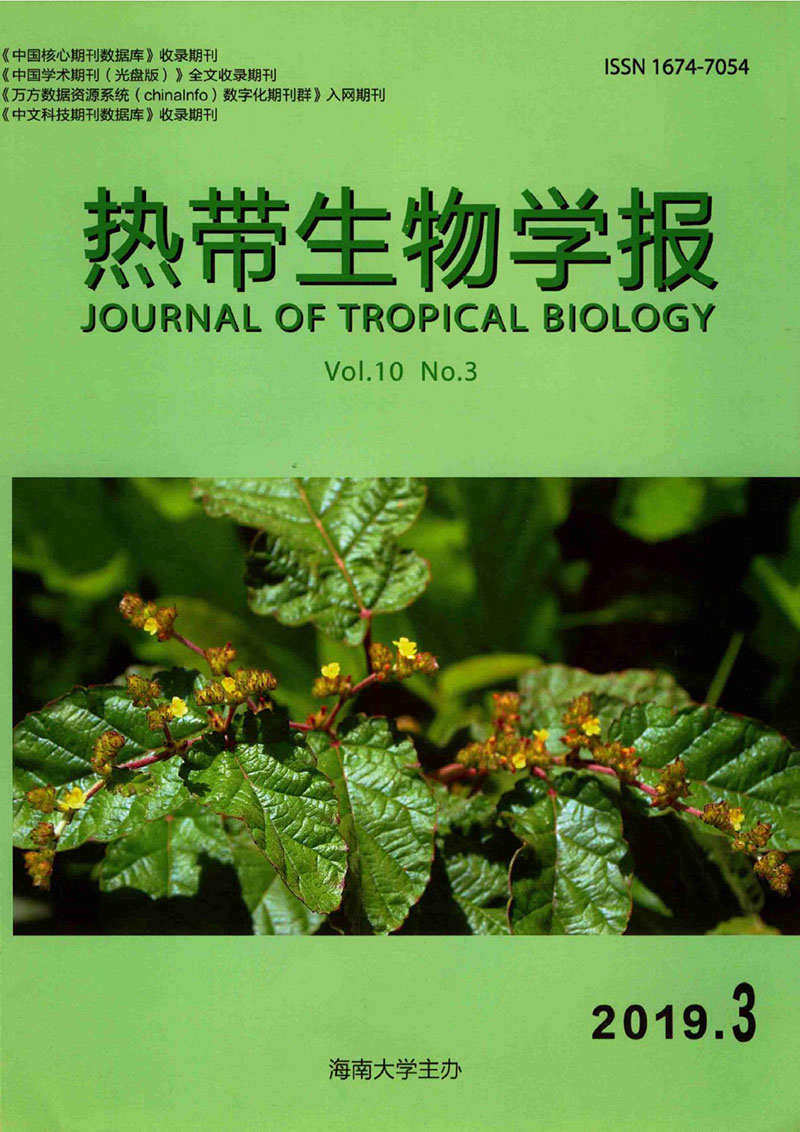|
[1]
|
王庆森, 王定锋, 吴光远.我国茶树假眼小绿叶蝉研究进展[J].福建农业学报, 2013, 28 (6):615-623. |
|
[2]
|
关瑞峰.茶假眼小绿叶蝉发生为害特点调查研究[J].中国植保导刊, 2006, 26 (6):38-40. |
|
[3]
|
|
|
[4]
|
罗智斌, 刘仲贤.西乡县茶产业发展现状及对策[J].中国茶叶加工, 2016 (5):23-26. |
|
[5]
|
牛永浩, 陈宏, 王渊, 等.陕西茶叶病虫害绿色防控技术发展现状[J].陕西农业科学, 2018, 64 (2):76-78. |
|
[6]
|
魏焕志, 吴晔.汉中茶树病虫害绿色防控技术初探[J].陕西农业科学, 2018, 64 (12):76-79. |
|
[7]
|
魏进, 段婷婷, 朱淮武, 等.假眼小绿叶蝉的发生规律及化学防治[J].贵州农业科学, 2011, 39 (5):144-146. |
|
[8]
|
雷国明.茶叶虫害发生的种类和药剂防治[J].植物医生, 2005, 18 (2):27. |
|
[9]
|
徐荣文.茶假眼小绿叶蝉综合防治技术[J].福建农业科技, 2013, (7):56-58. |
|
[10]
|
张兴, 马志卿, 冯俊涛, 等.植物源农药研究进展[J].中国生物防治学报, 2015, 31 (5):685-698. |
|
[11]
|
庄家祥.两种植物源农药防治茶假眼小绿叶蝉药效试验 [J].湖北植保, 2015 (1):24-39. |
|
[12]
|
李喜旺, 张瑾, 辛肇军, 等.烟碱对假眼小绿叶蝉和茶尺蠖的忌避 (拒食) 活性[J].应用昆虫学报, 2016, 53 (3):528-535. |
|
[13]
|
钮羽群, 王梦馨, 崔林, 等.迷迭香挥发物不同组合对假眼小绿叶蝉行为的调[J].生态学报, 2015, 35 (7):2380-2387. |
|
[14]
|
赵之德, 李嘉慧, 梁涛, 等.联苯菊酯、溴氰菊酯、虫螨腈对茶园害虫的田间防效[J].农药, 2019, 58 (2):130-135. |
|
[15]
|
李万里, 包亚星, 林晓婷, 等.应用白僵菌与绿僵菌及其复配剂防治茶假眼小绿叶蝉[J].江西农业大学学报, 2017, 39 (4):699-705. |
|
[16]
|
吴波, 程杏安, 蒋旭红, 等.苦参碱农用活性及其结构修饰研究进展[J].江苏农业科学, 2019, 47 (8):123-129. |
|
[17]
|
谢震宇, 肖斌, 冉隆贵, 等.3 种植物源杀虫剂对小贯小绿叶蝉的田间防效[J].江苏农业科学, 2017, 45 (3):74-76. |
|
[18]
|
张夏亭, 聂秋林, 高欣.除虫菊素的杀虫特性与作用机理[J].农药科学与管理, 2003, 24 (2):22-23. |
|
[19]
|
曹丽, 文明玲, 叶志华.5%云菊天然除虫菊素乳油防治茶叶假眼小绿叶蝉的研究[J].陕西农业科学, 2014, 60 (5):34-36. |
|
[20]
|
田梦, 陈凯歌, 曾鑫年, 等.光照对除虫菊素触杀毒力的影响[J].环境昆虫学报, 2011, 33 (2):180-184. |
|
[21]
|
谢娜.藜芦杀虫活性成分研究[D].杨凌:西北农林科技大学, 2018. |
|
[22]
|
赵丰华, 郑杰, 马建, 等.茶园假眼小绿叶蝉防控试验研究[J].湖南农业科学, 2013, 20:22-24. |






 DownLoad:
DownLoad: